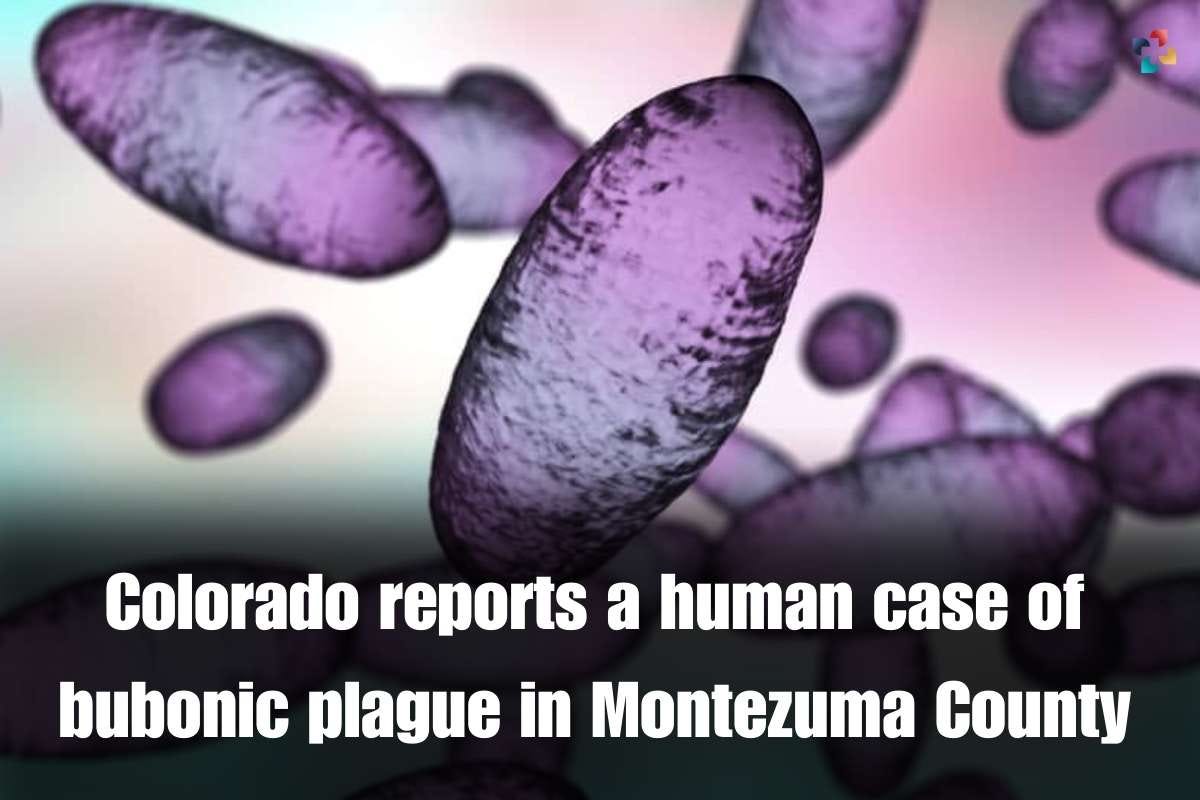Historical Context of Bubonic Plague in Colorado

Bubonic plague case colorado – The bubonic plague, a deadly bacterial infection, arrived in Colorado in the early 20th century, carried by infected rodents and their fleas.
The disease spread rapidly, primarily through the bites of infected fleas that had fed on plague-carrying rodents. The plague had a devastating impact on Colorado’s human and animal populations, leading to widespread illness and death.
Arrival and Spread
- The plague first entered Colorado in 1908, likely through infected rodents transported by rail from San Francisco.
- The disease quickly spread to other parts of the state, particularly along the Front Range and in rural areas where rodents were abundant.
- By 1914, the plague had become endemic in Colorado, with cases reported every year.
Role of Rodents and Fleas, Bubonic plague case colorado
- Rodents, particularly ground squirrels and prairie dogs, served as primary reservoirs for the plague bacteria.
- When fleas fed on infected rodents, they became infected themselves and could then transmit the bacteria to humans through their bites.
- The fleas played a crucial role in the spread of the disease, as they could survive for extended periods on both rodents and humans.
Current Case Investigation and Management: Bubonic Plague Case Colorado

In July 2022, a resident of Larimer County, Colorado, was diagnosed with bubonic plague. The individual had been camping in the area and had experienced symptoms of fever, chills, and swelling in the lymph nodes. The diagnosis was confirmed by laboratory testing.
Public health officials are conducting contact tracing to identify anyone who may have been exposed to the infected individual. They are also working to control the rodent population in the area where the case occurred.
Contact Tracing
Contact tracing is a process of identifying people who have been in close contact with an infected individual. This is done to prevent the spread of the disease by ensuring that those who have been exposed are tested and treated if necessary.
In the case of the Colorado bubonic plague case, public health officials are interviewing the infected individual to identify anyone who they have been in close contact with. This includes people who have shared a meal, slept in the same room, or had other close contact with the individual.
Rodent Control
Rodent control is an important part of preventing the spread of bubonic plague. Rats and other rodents can carry the fleas that transmit the disease. By controlling the rodent population, public health officials can reduce the risk of human exposure to the fleas.
In the case of the Colorado bubonic plague case, public health officials are working to control the rodent population in the area where the case occurred. This is being done through a variety of methods, including trapping, baiting, and habitat modification.
The bubonic plague case in Colorado sent shivers down the spines of many, reminding us of the fragility of life. But amidst the fear, there was also a sense of hope. Just as the Uruguayan national team battled valiantly against their Brazilian counterparts in a thrilling soccer match uruguay vs.
brasil , so too did the medical community rally to combat this deadly disease. The parallels between the two events were striking, a testament to the human spirit’s resilience in the face of adversity.
In the realm of Colorado, a grim specter emerged: a case of bubonic plague. Whispers of this ancient scourge sent shivers down the spines of its inhabitants. The plague, a relic of the medieval era, had resurfaced in this modern landscape, haunting the very soil of Colorado.
The bubonic plague, a sinister reminder of our mortality, cast a long shadow over the land.